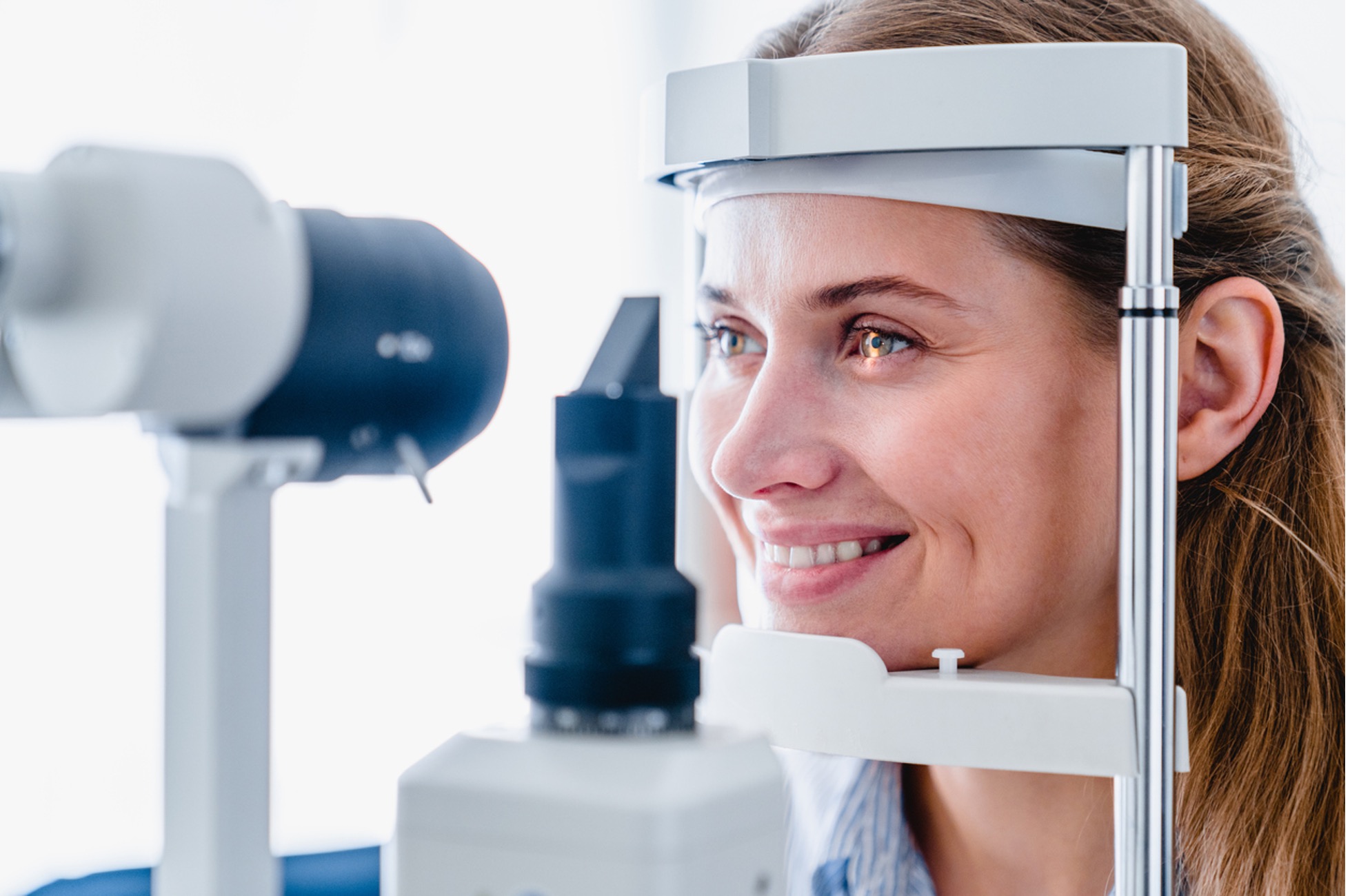Expert Glaucoma Service Near Me: Advanced Treatment Options
Expert Glaucoma Service Near Me: Advanced Treatment Options
Blog Article
The Function of Advanced Diagnostic Tools in Identifying Eye Disorders
In the world of ophthalmology, the application of sophisticated diagnostic tools has actually transformed the very early recognition and management of various eye problems. As the demand for specific and timely medical diagnoses continues to expand, the integration of sophisticated tools like optical comprehensibility tomography and visual field screening has come to be vital in the world of eye care.
Value of Very Early Diagnosis
Early medical diagnosis plays a pivotal role in the efficient administration and therapy of eye disorders. Timely recognition of eye problems is essential as it permits for punctual intervention, potentially stopping further progression of the condition and reducing long-lasting issues. By discovering eye conditions at a beginning, doctor can supply appropriate treatment plans customized to the certain problem, ultimately causing much better end results for people. Early diagnosis enables people to accessibility needed assistance services and resources faster, enhancing their total top quality of life.

Technology for Finding Glaucoma
Sophisticated analysis technologies play a vital function in the early detection and tracking of glaucoma, a leading reason for irreversible loss of sight worldwide. One such technology is optical comprehensibility tomography (OCT), which offers comprehensive cross-sectional photos of the retina, permitting the measurement of retinal nerve fiber layer thickness. This measurement is necessary in examining damage brought on by glaucoma. An additional advanced tool is visual field screening, which maps the sensitivity of an individual's aesthetic area, aiding to identify any locations of vision loss characteristic of glaucoma. In addition, tonometry is used to gauge intraocular pressure, a significant risk variable for glaucoma. This test is crucial as elevated intraocular pressure can lead to optic nerve damages. Furthermore, more recent modern technologies like the usage of expert system algorithms in assessing imaging data are revealing appealing lead to the very early detection of glaucoma. These innovative analysis tools allow ophthalmologists to detect glaucoma in its onset, permitting for timely treatment and much better management of the disease to protect against vision loss.
Duty of Optical Comprehensibility Tomography

OCT's capability to measure retinal nerve fiber layer thickness permits accurate and objective measurements, helping in the very early detection of glaucoma even prior to visual field problems become evident. Furthermore, OCT technology permits longitudinal monitoring of structural adjustments with time, helping with personalized treatment strategies and timely interventions to aid preserve people' vision. The non-invasive nature of OCT imaging also makes it a preferred choice for keeping track of glaucoma development, as it can be duplicated routinely without creating discomfort to the patient. Overall, OCT plays a critical function in boosting the diagnostic accuracy and management of glaucoma, ultimately contributing to far better outcomes for individuals in jeopardy of vision loss.
Enhancing Medical Diagnosis With Visual Field Testing
A crucial element in detailed sensory analyses, aesthetic area testing plays an essential duty in boosting the analysis process for different eye problems. By analyzing the complete degree of a client's visual field, this test provides essential information concerning the useful honesty of the entire visual pathway, from the retina to the aesthetic cortex.
Aesthetic area testing is specifically beneficial in the medical diagnosis and administration of problems such as glaucoma, optic nerve conditions, and various neurological conditions that can impact vision. Via quantitative dimensions of peripheral and central vision, medical professionals can discover subtle adjustments that may suggest the presence or progression of these problems, even prior to visible signs and symptoms occur.
Furthermore, visual area testing enables the surveillance of therapy efficacy, assisting eye doctors customize therapeutic treatments to specific people. eyecare near me. By tracking changes in visual area efficiency with time, healthcare service providers can make informed decisions regarding readjusting medications, recommending medical treatments, or implementing various other proper procedures to maintain or boost a patient's aesthetic feature
Managing Macular Deterioration

Final Thought
To conclude, progressed analysis tools play an essential duty in identifying eye conditions early on. Technologies such as Optical Coherence Tomography and visual area testing have significantly boosted the precision and performance of diagnosing conditions like glaucoma and macular degeneration. Early detection enables prompt treatment and administration of these conditions, inevitably leading to far better outcomes for people. It is important for health care experts to stay updated on these developments to offer the very best possible take care of their retina service near me patients. eyecare near me.
Report this page